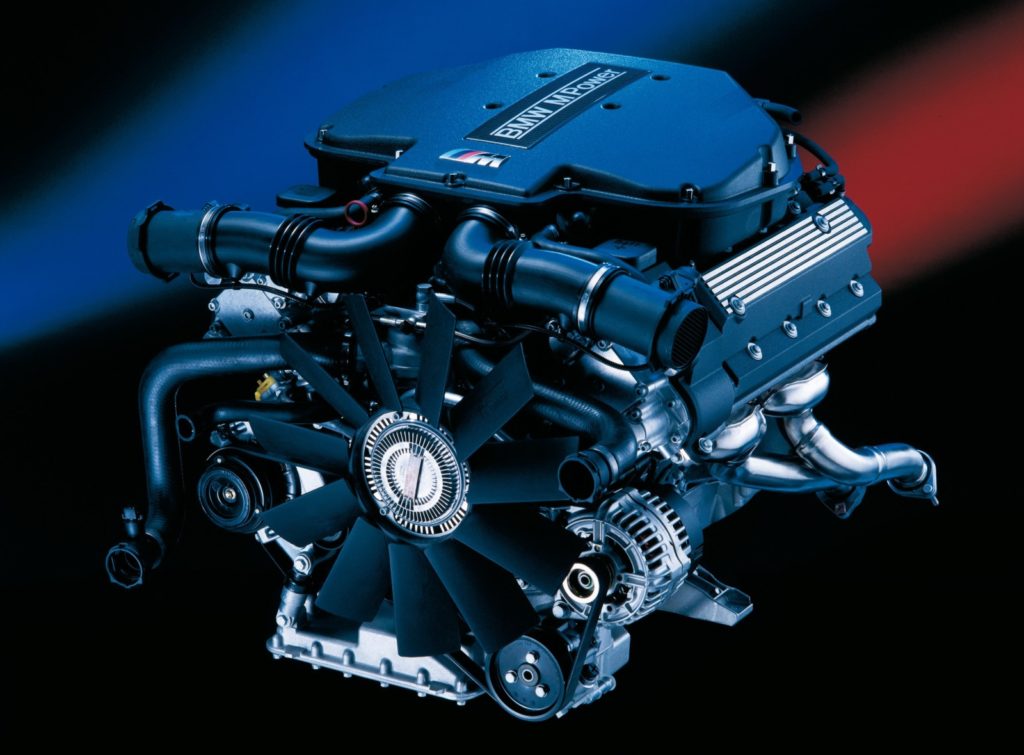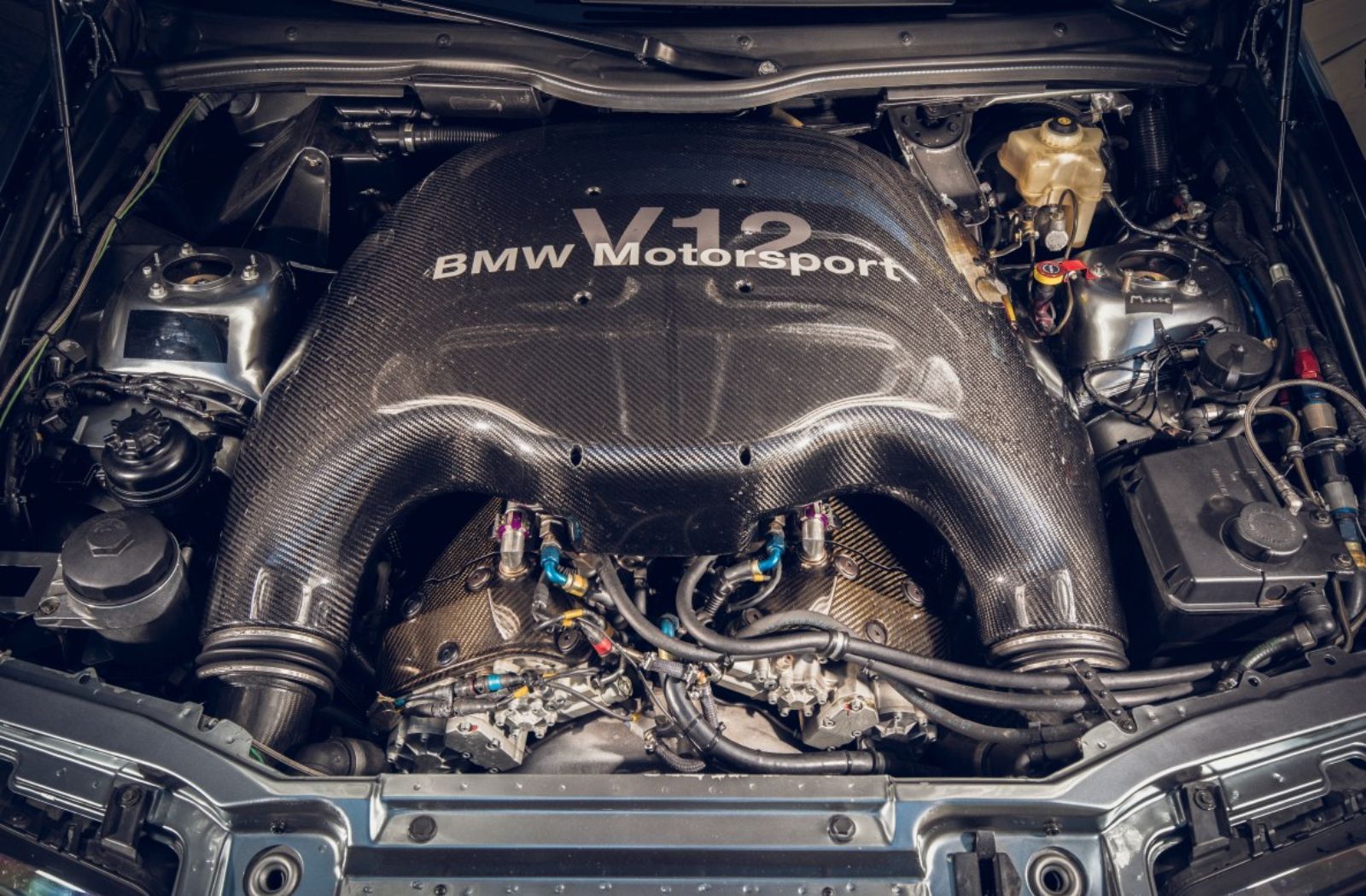The Development of the BMW Engine: A Recall at Iconic Designs
The Development of the BMW Engine: A Recall at Iconic Designs
Blog Article
Discovering the Evolution of Combustion Engines in Modern Transport Systems
As we navigate the landscape of contemporary transport, the development of burning engines stands as a testimony to human resourcefulness and design expertise. From their simple beginnings to the sophisticated giants thrusting vehicles today, burning engines have actually gone through a remarkable journey of development and adaptation. Understanding the complexities of this advancement not just clarifies the past but additionally leads the way for envisioning what lies ahead in the realm of transport modern technology. The interplay of history, modern technology, and ecological concerns fit the trajectory of burning engines develops a narrative that is both insightful and compelling.
Early Beginnings of Combustion Engines
How did the idea of combustion engines first emerge in the very early stages of transport development? The origins of combustion engines can be traced back to the 17th century when the concepts of interior burning were very first explored.
The development minute came with the innovation of the first effective gasoline-powered engine by Karl Benz in 1885 - bmw engine. This engine led the way for the growth of the contemporary auto, revolutionizing transportation systems worldwide. Succeeding advancements by Nikolaus Otto and Gottlieb Daimler better refined combustion engine innovation, bring about the automation of autos and the rapid expansion of the transportation industry
These early burning engines were defined by their simplicity and performance, laying the foundation for the facility and powerful engines utilized in contemporary transport systems. The evolution of combustion engines has actually been critical in shaping the way we travel and transport products, marking a considerable landmark in the background of transportation advancement.
Transition to Internal Burning Innovation
The change to inner combustion technology marked a pivotal change in the advancement of transportation systems. This change started in the late 19th century, with innovators like Nikolaus Otto and Gottlieb Daimler creating the first successful inner burning engines. These engines revolutionized transport by supplying a much more effective and effective choice to heavy steam engines and electric motors.
Among the essential advantages of inner burning engines was their capacity to be reduced to suit lorries, leading to the advancement of vehicles and bikes. This shift from large, stationary engines to small, mobile ones led the way for the contemporary transportation systems we see today.
The change to inner burning technology likewise spurred innovations in gas technology, resulting in the growth of gas and diesel as main gas resources for vehicles. This change not only made transportation extra easily accessible to the masses yet likewise laid the foundation for the oil and gas industry to come to be important to worldwide economic climates.
Impact of Combustion Engines on Transport
The fostering of burning engines in transport systems catalyzed an extensive change in the effectiveness and rate of global wheelchair. Burning engines changed transportation by supplying a functional and trusted resource of power for numerous automobiles, including cars and trucks, ships, planes, and trucks. This development considerably improved the ability for goods and people to conform fars away link in shorter time frames, resulting in increased connectivity between areas and nations.
In addition, the extensive use combustion engines has actually had a considerable impact on economic growth. The ability to transport products efficiently has spurred trade and business, allowing organizations to increase their markets and get to customers worldwide. This has assisted in financial growth and globalization, as products can now be carried quicker and in bigger amounts than ever before.
However, the ecological effect of burning engines can not be ignored. The combustion of nonrenewable fuel sources has brought about air contamination and greenhouse gas exhausts, adding to climate change and posturing health threats to populations. bmw engine. As a result, there is a growing focus on establishing different propulsion innovations to alleviate these adverse results and create a much more lasting future for transport
Advancements in Burning Engine Layout
Numerous improvements in burning engine style have driven the evolution of transport systems over the years. One significant advancement is the development of turbocharged engines, which use exhaust gases to drive a wind turbine that presses incoming air, enabling more fuel to be burned, resulting in raised power outcome without a considerable rise in engine dimension. Additionally, straight shot innovation has actually improved fuel efficiency and efficiency by exactly controlling the amount and timing of fuel infused right into the burning chamber. Variable shutoff timing systems have likewise transformed engine style by maximizing air flow at different engine rates, boosting both power and effectiveness. An additional significant advancement is the combination of lightweight products such as carbon fiber and light weight aluminum alloys, decreasing overall engine weight and boosting car gas economic climate. Developments in computer-aided style have actually allowed designers to optimize engine efficiency and performance via simulations prior to physical models are built, conserving time and sources in the growth procedure. These developments collectively add to the continuous renovation of combustion engines in modern transportation systems.
Future Trends in Combustion Engine Development
With modern technology advancements driving constant advancement, the future of combustion engine development is poised to revolutionize transportation systems globally. One of the vital trends in burning engine Get More Info advancement is the push in the direction of better efficiency and reduced exhausts.
One more prominent fad is the adoption of crossbreed modern technologies in burning engines. Crossbreed engines integrate typical combustion technology with electrical power, offering enhanced fuel effectiveness and reduced exhausts. As the automobile market shifts in the direction of electrification, crossbreed burning engines are viewed as a transitional service that connects the gap between conventional cars and totally electrical ones.
Moreover, the combination of smart modern technologies, such as expert system and data analytics, is expected to play a considerable duty in the future of combustion engine development. These modern technologies can optimize engine performance in real-time, bring about more effective combustion procedures and improved total automobile performance. Embracing these click here to read future patterns will not just drive development in burning engine growth yet also add to a more sustainable and ecologically friendly transportation ecosystem.

Conclusion
In conclusion, the development of combustion engines in modern transport systems has been marked by significant developments in technology and style. From the early beginnings of combustion engines to the change to internal burning innovation, these engines have actually had an extensive effect on transport.
The roots of combustion engines can be traced back to the 17th century when the concepts of inner burning were initial checked out. These engines revolutionized transport by offering a much more effective and efficient alternative to vapor engines and electrical motors.

Report this page